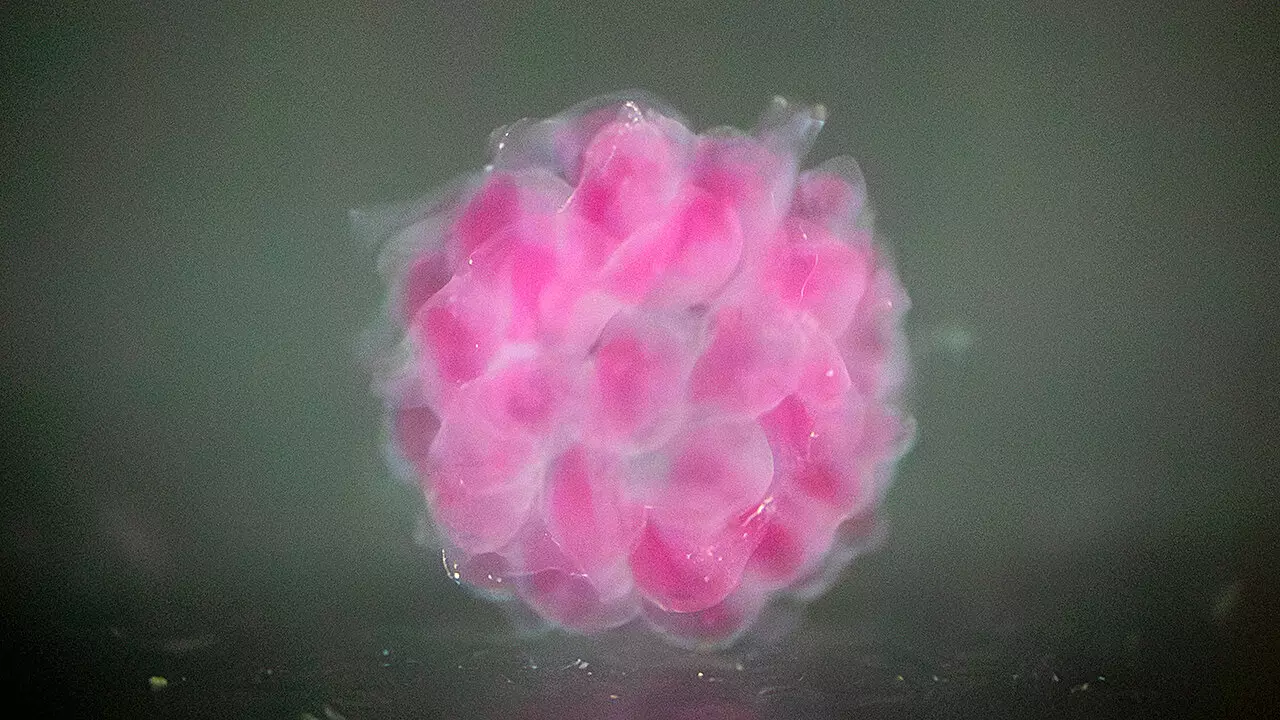In the rapidly evolving world of medical science, the intersection of engineering and biology has opened new frontiers, particularly in organ transplantation and tissue engineering. A groundbreaking study from the University of Virginia’s School of Engineering and Applied Science presents a novel approach that could change the game for organ production. At the forefront of this innovation are Liheng Cai, an assistant professor, and his Ph.D. student, Jinchang Zhu, whose recent work promises to pave the way for the creation of human-compatible organs that can be printed on demand. This advancement isn’t merely a scientific curiosity; it holds the potential to transform lives by addressing the chronic shortage of donor organs.
A Leap Forward in Bioprinting Technology
The crux of this innovation lies in their development of biomaterials that closely mimic human tissues, a feat achieved through a sophisticated method called Digital Assembly of Spherical Particles (DASP). With the DASP technique, researchers can deposit biomaterial particles into a supportive matrix, both of which are composed of water-based substances. The resulting three-dimensional structures provide a nurturing environment for cell growth. Unlike previous bioprinting technologies, which often struggled with mechanical properties and toxicity issues, DASP represents a significant step forward. Zhu’s assertion that their hydrogel particles constitute the “first functional voxel” underscores the method’s pioneering nature.
Creating a New Paradigm with Double-Network Hydrogels
The unique double-network hydrogel system introduced by Cai and Zhu is not just a technical feat; it’s a platform for innovation in bioprinting. These hydrogels are engineered to possess mechanical properties that closely reflect those of various human tissues. The interplay of carefully arranged chemical bonds within the hydrogels allows for unprecedented levels of tunability and strength. Their hydrogels are not only less toxic compared to others on the market but also boast enhanced biocompatibility, making them a prime candidate for applications in living systems.
Previous iterations of DASP primarily produced brittle materials with limited adaptability. However, DASP 2.0 integrates a “click chemistry” approach, enabling instantaneous cross-linking of molecular structures. What’s more, the newly designed multichannel nozzle allows for on-the-fly mixing of the hydrogel components, a crucial aspect that enhances this technique’s efficiency and effectiveness. The ability to transition from liquid to an elastic gel within seconds marks a technological breakthrough, allowing bioprinters to better replicate the natural characteristics of tissues.
Applications Beyond Organ Printing
The implications of this research extend far beyond creating organs. The potential for developing organoids, which are simplified versions of organs made up of human cells, presents exciting opportunities for drug testing and disease modeling. Such models could significantly expedite the drug discovery process, enabling researchers to simulate how diseases progress and identify targeted treatments more effectively.
As Cai remarked, the precise manipulation of viscoelastic voxels presents challenges that the scientific community has yet to fully conquer. However, with the foundation laid by the DASP technique, the pathway to voxelated bioprinting applications such as artificial organ transplants is becoming increasingly realistic. The prospect of using this technology to pioneer advancements in disease modeling and screening candidates for new drugs could revolutionize how medical professionals approach treatment modalities.
The Ethical Dimension and Future Prospects
While the scientific advancements are impressive, ethical considerations surrounding 3D bioprinting of organs cannot be neglected. As we venture into an era where organs can be printed, questions emerge about accessibility, regulation, and the ethics of creating life-like tissues. By addressing these issues proactively, researchers, ethicists, and policymakers can work together to ensure that these breakthroughs benefit humanity as a whole.
As the boundaries of traditional medicine blur, it’s essential to recognize that innovations like DASP 2.0 are not just about improving technology—they’re about changing lives. With ongoing research and development, we stand at the cusp of a new medical revolution that could one day eliminate the waiting list for organ transplants and provide tailored treatments for patients worldwide. The journey from laboratory research to practical application is fraught with challenges, but the unwavering commitment of researchers like Cai and Zhu brings hope to countless individuals facing life-threatening ailments.

